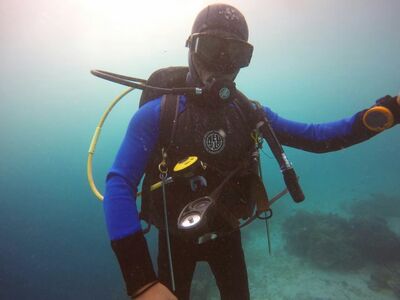How to Find a Good Wetsuit
-
If you want to find the best wetsuit, you should know what features to look for and what brands to browse. There are many options available in the market, but you definitely want to invest in a wetsuit that meets most of your needs.
Neoprene
Neoprene is a rubber-based material used to make the best wetsuits for water sports. It is stretchy, waterproof, and can protect you in the water and keep you warm.
Thickness (mm)
The thicker the neoprene construction of a wetsuit, the better the warmth. A 3/2 mm thick wetsuit is great for keeping out the cold in mild temperatures, while a 4/3 mm thick wetsuit will keep you warm in colder areas. Choose the thickness of your wetsuit based on the water temperature you will be diving in. Keeping your body warm can improve your performance and help you make the most of your dive time.
Zippers
Also, there are a variety of zipper options available in the market. Back zipper wetsuits are very easy to put on and take off due to the larger back opening. Chest zipper wetsuits minimize water flow and are more performance-oriented. Chest zipper wetsuits have a smaller opening, and some wearers, such as children, may find it difficult to put on and take off. In addition to these two most popular zipper styles, there are also zipperless wetsuits, which have a smaller opening like the chest zipper wetsuit, but without the bulk or discomfort of the zipper.
Seams
Finally, you’ll notice the seams and seals of your wetsuit. Types of seams and seals include flat seams, which are durable and great for warmer water sports, and taped and blind-stitched seams, which prevent cold water from entering through the seams, keeping you warmer in colder waters. Additionally, you may come across taped seams, which add an extra protective seal at the top of the seam to minimize water washout and increase durability at stress points, such as elbows and knees.





